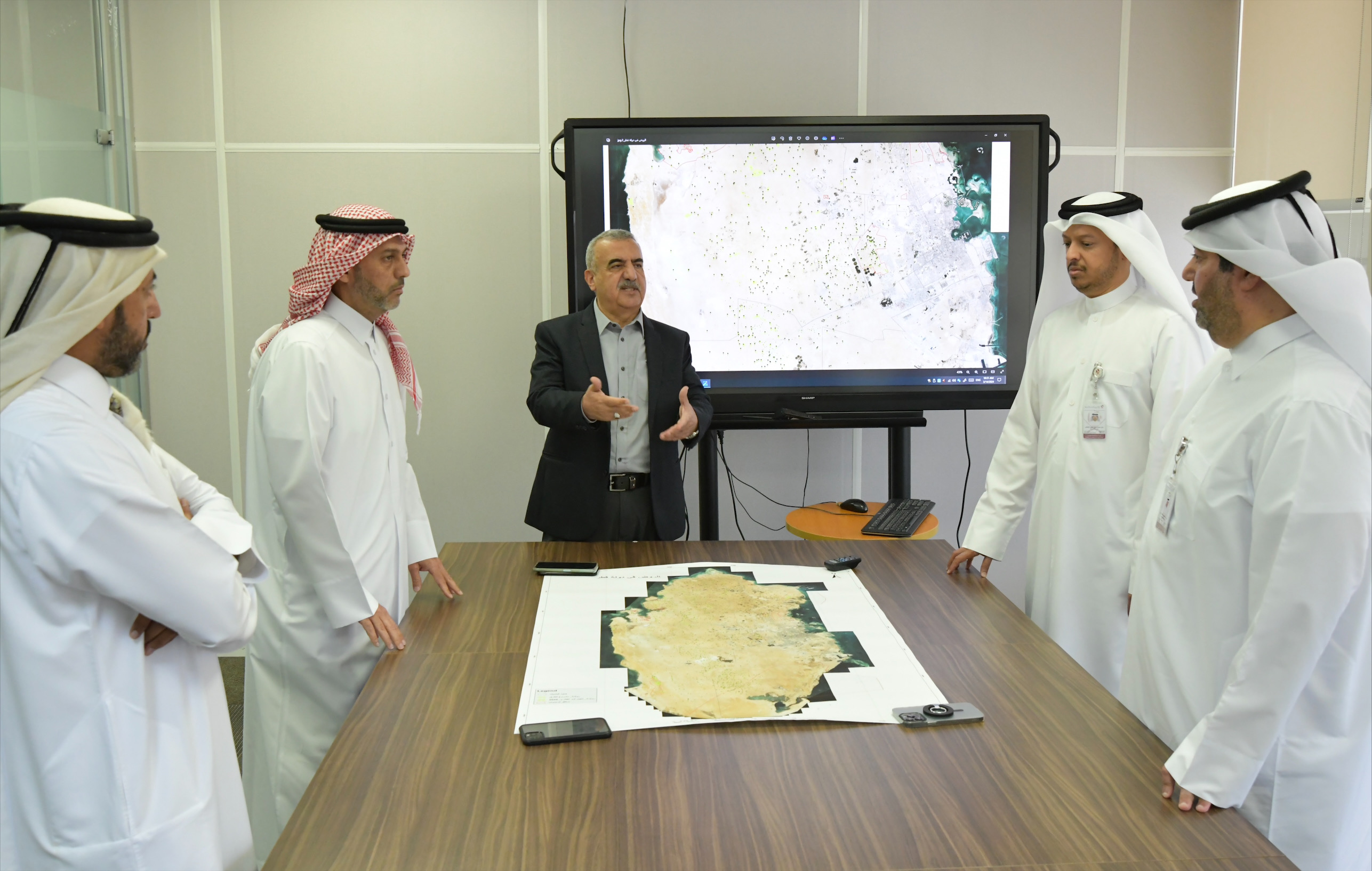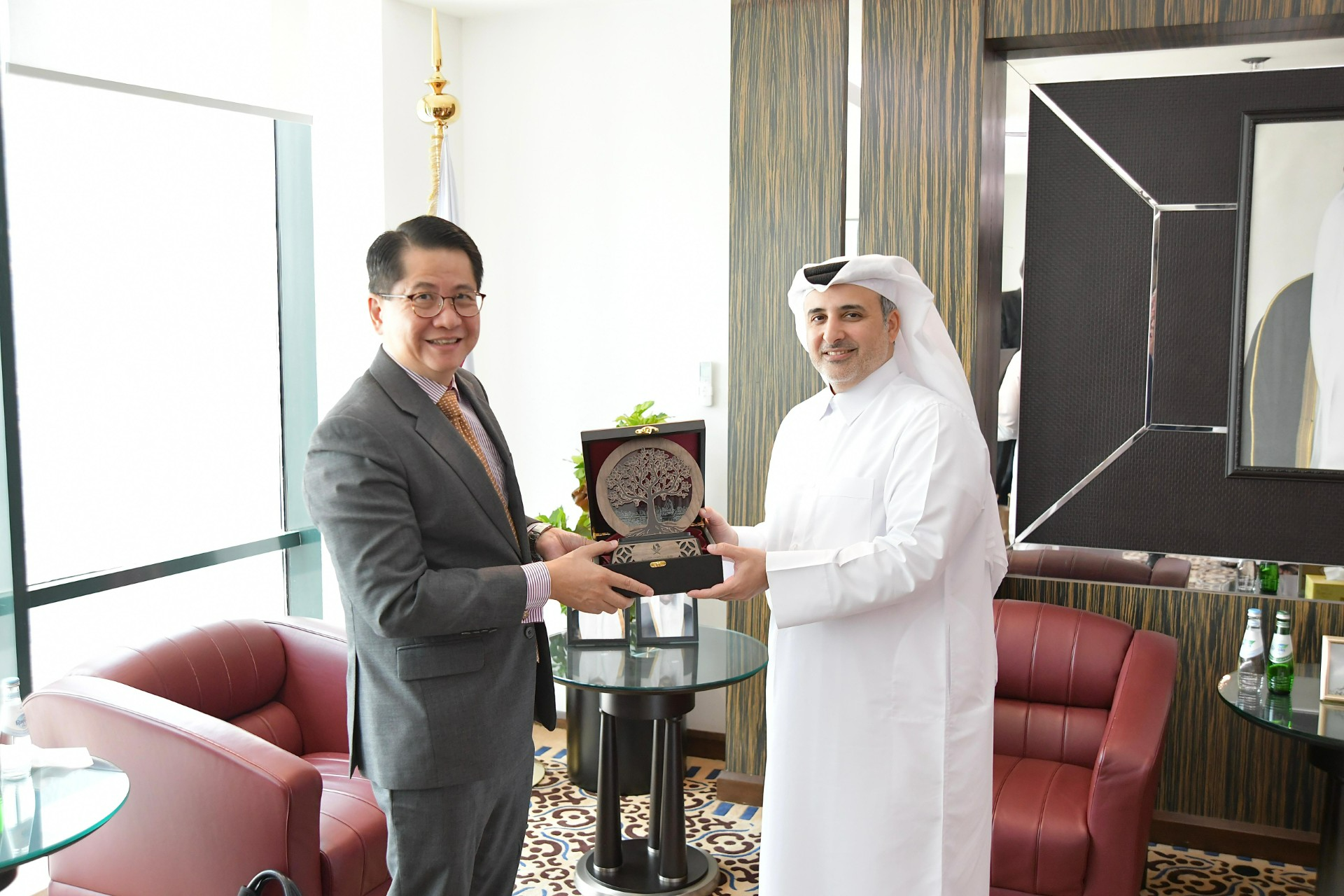
Ministry of Environment launches digital geographic database for nature reserves
The Ministry of Environment and Climate Change (MoECC), in co-operation with the Geographic Information Systems Centre at the Ministry of Municipality, has launched the digital geographic database project for biosphere reserves. The initiative enables scanning and uploading data from 1,273 biosphere reserves across Qatar in a digital geographic database. The inventory was carried out based on a form that seeks information about the location and area of the reserves and the type of trees and plants growing there. Also, the database has the type of threat faced by these reserves.
This project comes as an important step towards enhancing the preservation of the rich plant diversity in the country while protecting vegetation and combating desertification. The project aims to collect and classify data related to reserves, know the plant diversity in each reserve and provide a central platform for exchanging information between the parties concerned through its availability on the national network of Geographic Information Systems.
The efforts made to protect the reserves were completed through a working team to develop a mechanism for constructing roads in wild areas and outside city limits. This team was established by Ministerial Decision No. (1) of the year 2023. The team was headed by the Wildlife Development Department and members from the planning sector, the Ministry of Transportation (MoT) and the Public Works Authority (Ashghal). The priorities were protecting meadows and vegetation from infrastructure and road projects and limiting encroachments on them and updating their database. The data was uploaded on the electronic urban planning system through which the external boundaries of all meadows have been represented. Work is underway to classify and divide the meadows according to their areas of growth and the degrees of threat to which they are exposed.
The digital geodatabase is a valuable source of scientific knowledge and environmental planning. It will identify areas of environmental and heritage importance and enhance efforts to preserve rare and endangered plant species. In addition, it will help guide the rehabilitation of wild farming and biodiversity protection efforts to maintain the sustainable development of Qatar’s environment.
It also enables government agencies, researchers and those interested in preserving the environment to access comprehensive and updated information about the fields and the types of plants that grow in them. This will contribute to enhancing environmental awareness.


